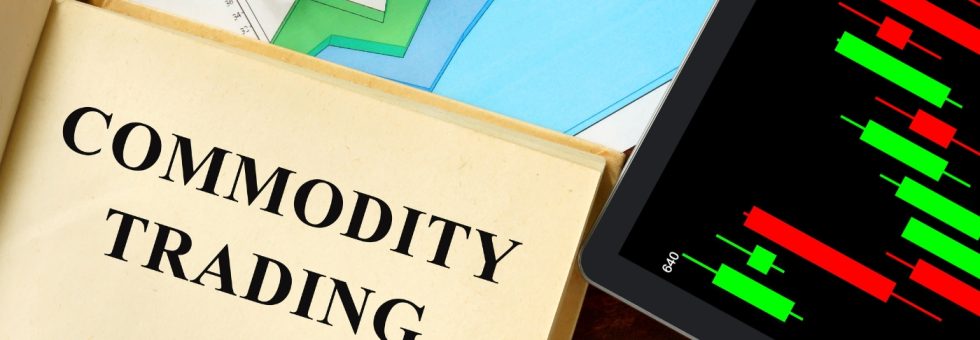The commodity market deals in certain raw materials and daily essentials that hold interchangeable values and investment potentials.
All major commodities traded in the US market can be divided into four very broad categories of energy, metal, agriculture, and livestock.
If you are thinking about getting started with commodity trading, then you should know it’s a high-risk high-reward market. That is to say, your chances of suffering losses in commodity trading are just as high as your chances of profiting heavily from them. There are ways to put the odds in your favor though, so let’s discuss a few of those next.
Work with Experts
If you are only just starting out, or in case you have previously suffered losses while trading in commodities, contact Cordier Commodity Report for professional assistance.
Working with commodity trading experts comes highly recommended because you will have their experience, knowledge, and highly accurate market insights working on your side. There simply isn’t a better way to avoid making losses while commodity trading than to have the guidance of someone who knows the commodity market well.
Diversify Your Portfolio
Diversification is a common strategy for safe trading in general, but it’s an exceptionally important step for commodity traders because of the inherent risks.
Nevertheless, if you can keep your commodity investment portfolio diversified in accordance with, and in anticipation of changing market conditions, you should be able to avoid major losses. Any loss that you may suffer on some of the investments will be mitigated by your profits from the other side of your commodity market investments.
Invest in Complementary Commodities
Investing carefully in complementary commodities is actually an essential part of the diversification strategy itself. While there is no universal roadmap that can be described in this context, there is a core idea that you can follow every single time.
When the price of any one or more related commodities goes down, that usually means there is a heavy imbalance between supply and demand. It also means that one or more of the other commodities have now gained the upper hand (price boost) as a result.
If that reminds you of the see-saw effect, then you are onto something. The idea is to invest in commodities that have historically shown themselves to be complementary to each other. For example, if the availability of livestock products drops to a level where its price becomes too high to be considered feasible for most people, there is a high chance that the demand for more affordable agricultural produce with going up.
A commodity trader who invests carefully in both sectors will always be at an advantage either way.
Implementation of predetermined and preprogrammed stop-loss orders should always be a part of your commodity trading strategies.
These will prevent your investments from ever crossing a calculated danger threshold, aka the stop price. In other words, your commodity trading portfolio will automatically start closing out by either buying or selling off a specific commodity, once their buying or selling price reaches the preassigned price.





